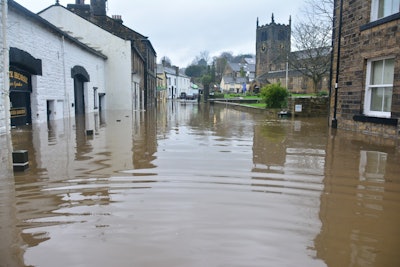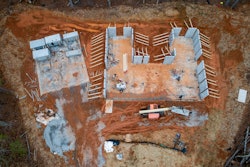
The UK Climate Projections 2018 warn that rising temperatures, rising sea levels and more extreme weather are par for the course over the coming decades. Where we live and the homes we live in now must change to keep us safe from these threats.
Concrete has become an increasingly popular answer to limit the loss of life and damage to property due to extreme weather events. In fact, Dutch architects may have found the solution to flood-proof homes, designing houses that have a buoyant, air-filled concrete base instead of conventional foundations anchoring them to the ground.
Read Next: The Case for Concrete Homes
An article in the Guardian explains that some are intended to float full-time and are bound together to form floating communities that sit atop the water of a lake. Others are amphibious, designed to sit on terra ferma most of the time but can float safely in the event of flooding.
But the article’s author also notes that such technology is expensive—amphibious houses cost about 20% more to build than a conventional design. By contrast, however, the author says floodplain land is cheap, so technology that enables homes to be built safely in areas that were previously off limits could make business sense for private developers and spur the construction of thousands of affordable, unfloodable homes.


















